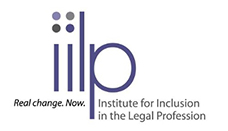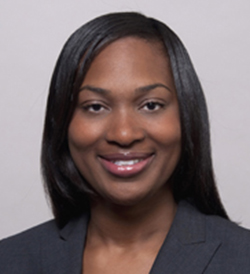![]()
![]()
![]()
![]()
![]()
![]()
 How much progress has the legal profession made to be more inclusive and diverse? How can we measure that change? What models can guide the profession into the future? What do the numbers tell us about what more needs to be done? What can we assume from new data? Has the economic recession made an impact on diversity?
How much progress has the legal profession made to be more inclusive and diverse? How can we measure that change? What models can guide the profession into the future? What do the numbers tell us about what more needs to be done? What can we assume from new data? Has the economic recession made an impact on diversity?
With updated data and expanded commentary, IILP Review 2014: The State of Diversity and Inclusion in the Profession provides answers and context. The Review includes a summary of the latest demographic information available as to the status of minorities and diverse populations in the legal profession, accompanied by 32 scholarly in-depth articles that analyze trends, models and initiatives. The commentary helps gauge progress by focusing on key data points highlighting challenges that cut across the profession in its quest for greater diversity. Articles explore diversity in a variety of professional settings, with writers who identify ways the profession is striving to mentor a new generation of lawyers to foster greater diversity. This is the IILP’s third review and contains data updated as of July 2014.
As in earlier analysis, the legal profession continues to lag behind others in providing meaningful opportunities for inclusion. Aggregate minority representation among lawyers stood at 14.4% in 2013, compared to 27.8% among accountants and auditors; 38.2% among software developers; 24.3% among architects and engineers; 31.8% among physicians and surgeons; and, 25.8% within the professional labor force as a whole.
Progress for different groups varies with African American representation among lawyers dropping from 4.7% in 2009 to 4.2% in 2013, suggesting that they may be exiting from the profession, since both the number of lawyers and law students have remained relatively stable. Both Asian Americans and Hispanics represent 5.1% of the profession; female lawyers dipped to a low of 31.1% in 2012, and then rebounded to 33.1% in 2013. The participation of women remains higher than in several other professions, but women continue to face barriers in reaching leadership roles in the legal profession.
Review Editor-in-Chief Elizabeth Chambliss prepared the demographic summary. She is professor of law and director of the Nelson Mullins Riley & Scarborough Center on Professionalism at the University of South Carolina. She is also the author of the ABA study Miles to Go: Progress of Minorities in the Profession.






